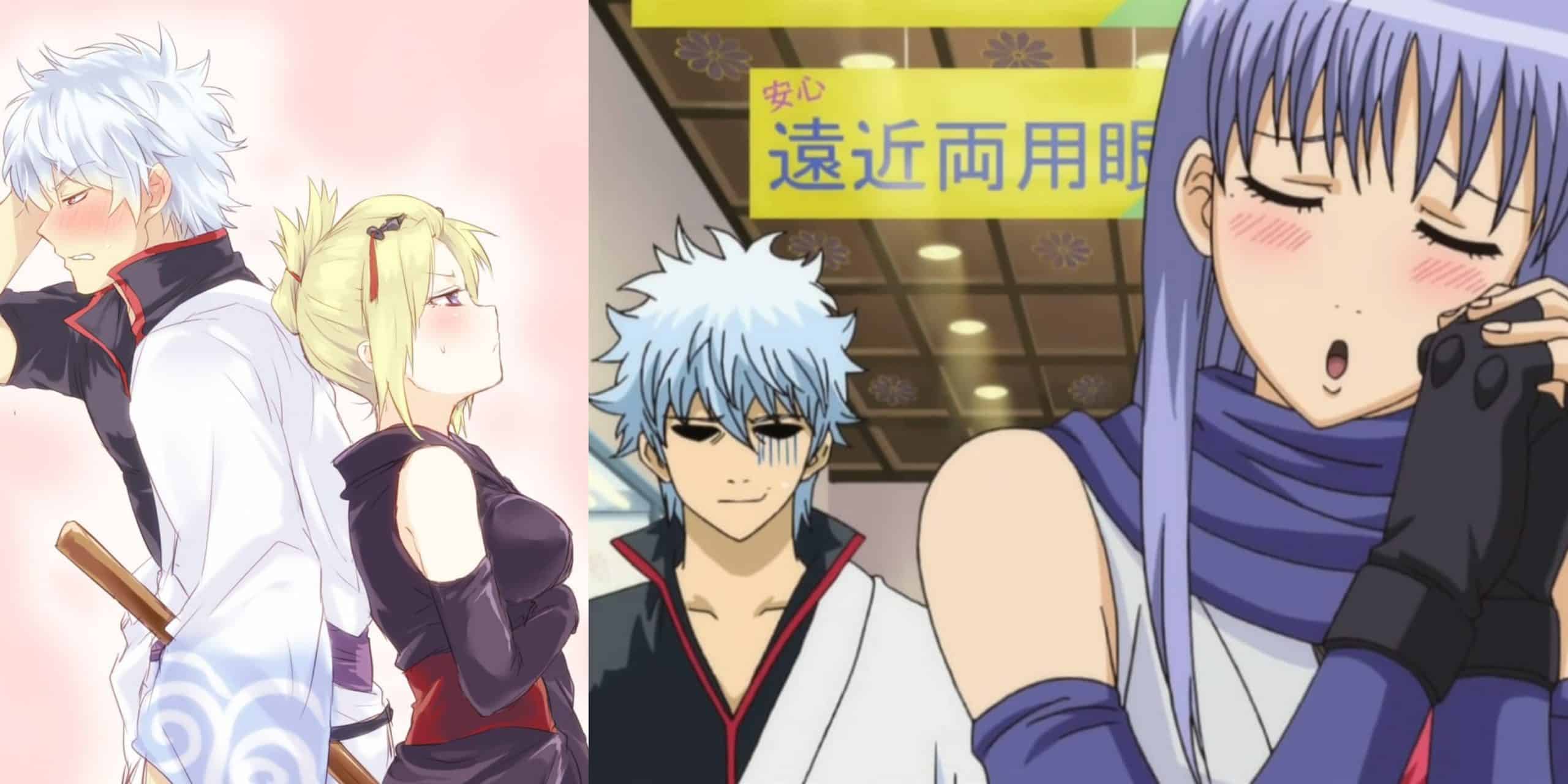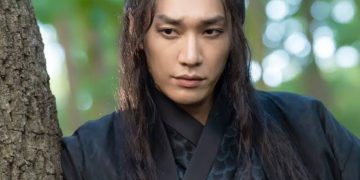Hideaki Sorachi is the author of the Japanese manga and animation series Gintama. It was initially published in the Weekly Shonen Jump magazine in 2003, then in 2006, it was turned into an anime series. The setting for the novel is an alternate history of Edo-era Japan in which aliens have invaded and seized power.
In a world where aliens have invaded Japan and taken control of the government, Gintoki Sakata, a former samurai who now works as a freelancer, is the primary character of Gintama. Gintoki is well-known for his razor-sharp wit, dry sense of humor, and laid-back demeanor, all of which frequently land him into trouble with both his allies and adversaries.
He may appear easygoing, yet he is a great warrior who is renowned for his power and dexterity in combat. In the course of the series, Gintoki’s past is revealed. It turns out that he was once a highly regarded samurai who participated in a battle against extraterrestrial invasion but was ultimately forced to surrender and lay down his sword.
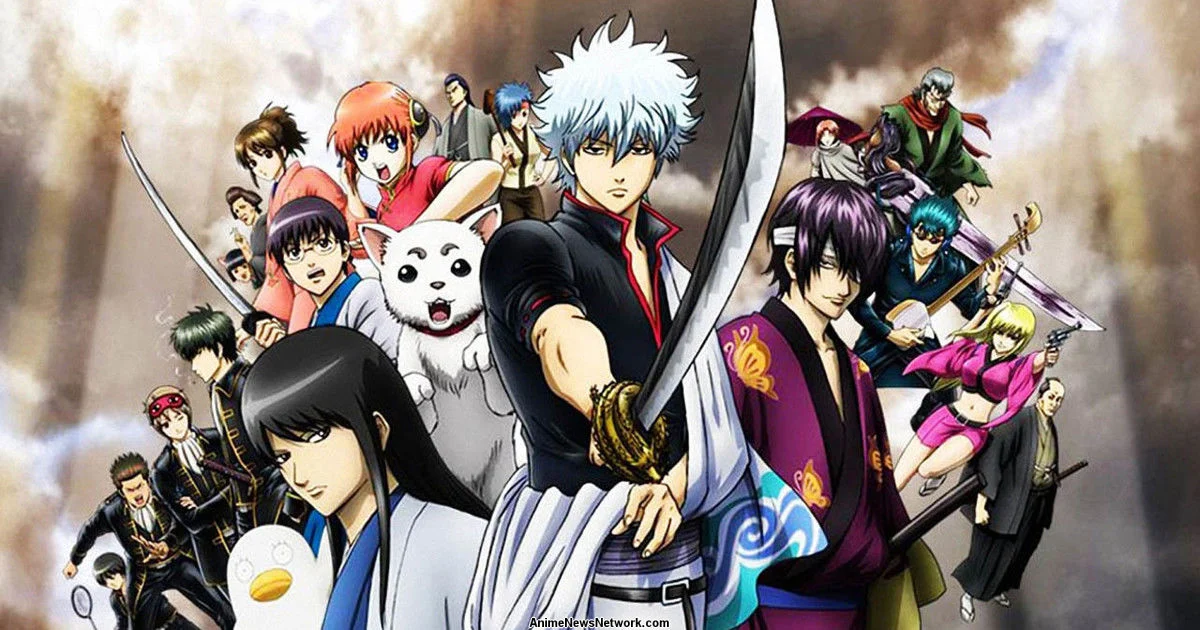
Despite this, he is still strongly devoted to his comrades and is ready to put his life in danger to defend both them and the residents of Edo. The series is renowned for its peculiar combination of humor, action, and drama and frequently parodies well-known anime and manga as well as Japanese and Western culture.
With a total of 367 episodes, the anime series came to a close in 2018, while the manga reached its conclusion with 77 volumes. Fans like Gintama for its endearing characters, amusing gags, and heartbreaking plotlines. It is frequently cited as one of the finest comedy anime series of all time.
Also Read: 20 Facts On Attack On Titan Anime & Manga You Should Know
Top Must-Know Facts Before You Watch
1. It was intended to be a serious samurai manga
After its initial publication, the creator of Gintama recognized that its comic components were considerably more popular with readers than its serious samurai manga foundation. Gintama was once intended to be a serious samurai manga. The series changed its direction. As a result, turning into a comedy.

2. Gintama is a pun on the word Kintama, which means testicles in Japanese
This is referenced in the series, where the characters often joke about Gintoki’s “silver balls.”In the repeating “protect your balls” joke from Gintama, Gintoki counsels others on how to keep their private parts safe in a variety of risky circumstances.

In order to make the joke hilarious, Gintoki frequently makes a serious expression while uttering something absurd-sounding, such as “Protect your balls, or you’ll be sorry!” in a dramatic tone.
The joke is intended to be a satire of the extravagant action sequences and macho behavior that are typical of many action anime and manga series. The joke may seem crass or childish to some viewers, but many Gintama fans adore it since it is a part of the show’s distinct sense of humor.
Also Read: Top 10 One Piece Anime and Manga Facts You Didn’t Know
3. Hideaki Sorachi has appeared in the anime several times as a background character
The anime’s background character Hideaki Sorachi, who created Gintama, has made a number of cameos. He frequently appears as an odd-looking man with spectacles and a haircut like a duck; he may be seen in numerous sequences throughout the series, generally in the background or amid a crowd of people.

These cameos are frequently played for laughs and are designed as a gesture to the series’ viewers, who are accustomed to seeing Sorachi in action. Sorachi has contributed the voices for a number of minor characters in the anime in addition to his cameo roles, further demonstrating his involvement in the series creation.
4. Elizabeth is a reference to a character from the 1970s Japanese Tv show, Return Of Ultraman.
Elizabeth is a recurrent character in Gintama who acts as Katsura Kotaro’s pet and assistant. Katsura Kotaro is one of the series’ major protagonists. Although Elizabeth’s true identity in the anime is never fully revealed, it is strongly hinted that he is not a duck at all but rather a being from another world or dimension.

Gintama frequently has references to traditional Japanese popular culture, such as “Return of Ultraman,” which is one of the reasons why fans adore the show so much.
5. Gintoki wears a t-shirt with the phrase “Go to the West” on it
The slogan “Go to the West” is inscribed in Japanese on a t-shirt that Gintoki is seen wearing. This is a reference to the famous Chinese novel “Journey to the West,” which relates the tale of a Buddhist monk called Xuanzang who journeys to India in pursuit of holy Buddhist writings.
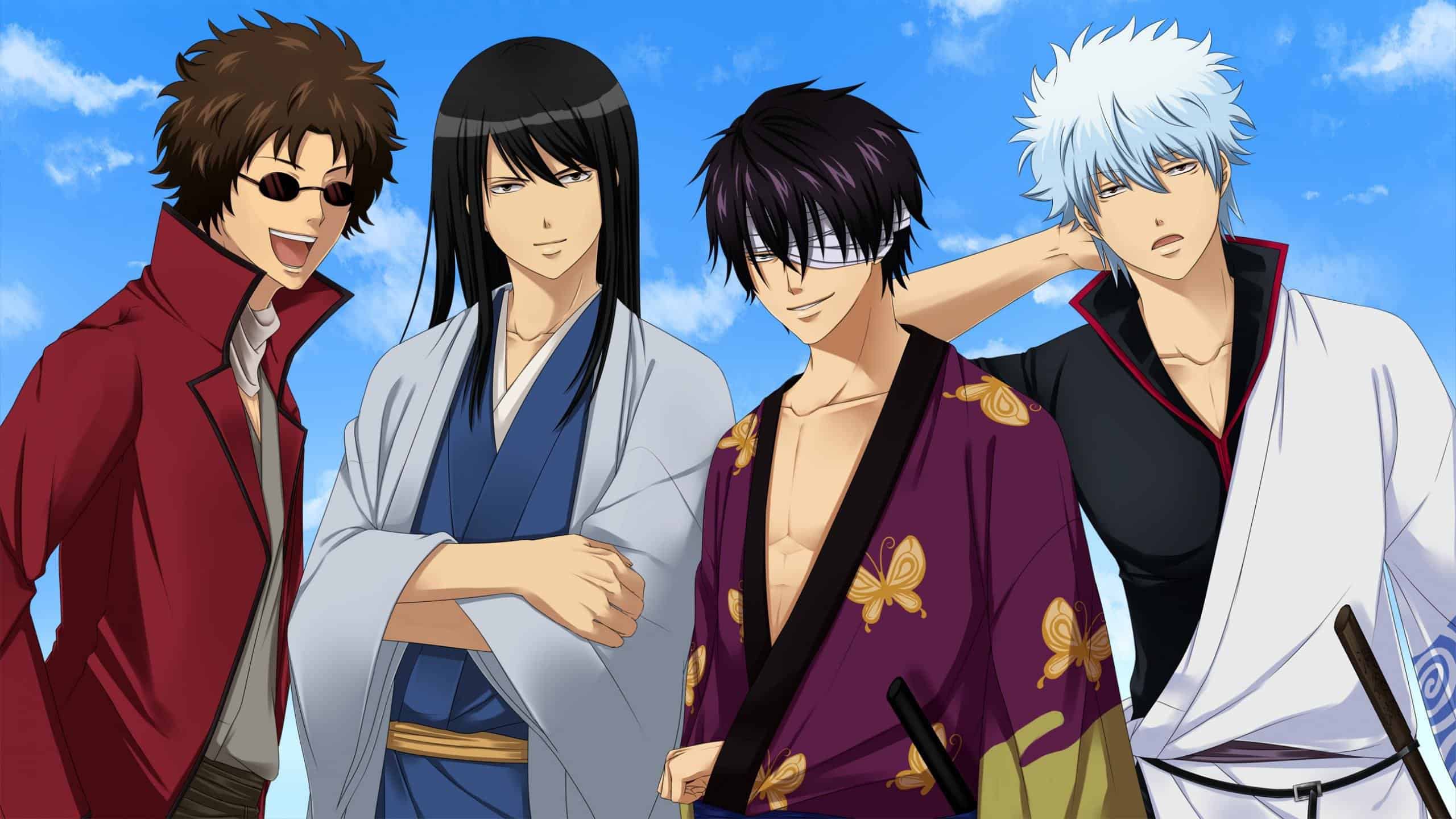
The novel, which is one of the most well-known pieces of Chinese literature, had a profound influence on Japanese popular culture and has been the subject of several adaptations and references in anime and manga over the years.
While the series blends parts of traditional Japanese and Chinese culture with references to contemporary pop culture and comedy, it incorporates references like these that contribute to Gintama’s distinctiveness.
Also Read: 20 Facts About Naruto Anime & Manga You Should Know
6. There are references to “One Piece” throughout the series
Gintoki and his pals dressed up as “One Piece” characters for a cosplay event in episode 153, and in episode 182, Gintoki’s hair is fashioned to resemble the show’s protagonist, Monkey D. Luffy. The series also frequently makes fun of “One Piece” and its author, Eiichiro Oda, demonstrating Gintama’s appreciation for other anime and manga series.

7. Characters are seen eating at a restaurant called “McDonald’s”
A parody of the well-known fast-food chain McDonald’s named “McDonald’s” is where the characters have seen dining. The restaurant is shown to have a similar logo to the genuine McDonald’s menu items but with amusing additions such as burgers produced with odd ingredients or fries that explode when consumed.

As the anime constantly parodies numerous facets of Japanese and global pop culture, this form of parody and satire is a recurring theme in Gintama. Part of what makes the series so interesting for viewers is the inclusion of parodies like “McDonald’s,” as it enables them to view familiar things from a new, hilarious perspective.
8. The characters attend a movie premiere for “The Doraemon that nobody knows,” a reference to the popular manga and anime series
The protagonists in the “Gintama” episode go to a movie premiere for what they believe to be a brand-new “Doraemon” movie, but it turns out to be a strange and unsettling parody of the original series. The episode offers a lighthearted satire on fandom and the tendency for popular culture to be misrepresented and overblown in many ways.

Also Read: Tokyo Revengers Facts from Anime and Manga That You Need to Know
9. The characters are seen playing a game called “Street Fighter”
The characters are seen playing a game that closely resembles “Street Fighter” in multiple episodes; some of them even take on the traits and moves of the characters from the game. This is just one of the countless popular culture references and parodies that make “Gintama” such a beloved and enjoyable animation.
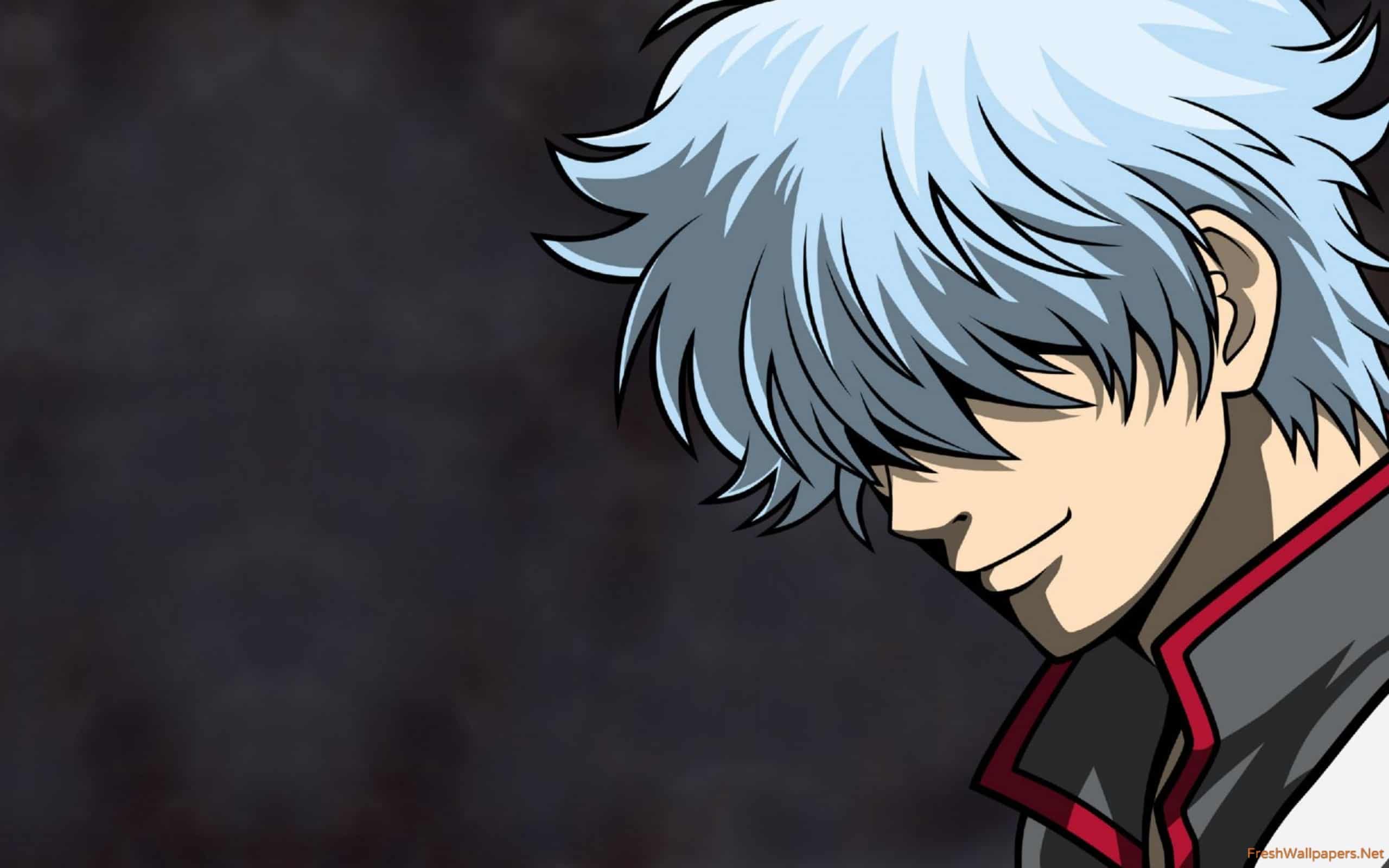
10. The characters are seen watching a Tv show called “Galaxy Express 999”
The late 1970s classic anime series “Galaxy Express 999” follows the tale of a young boy named Tetsuro who journeys on the Galaxy Express 999 in search of a mechanical body that would bring him eternal life. The characters are shown watching a TV show in “Gintama” episode 89, which is obviously a reference to the original “Galaxy Express 999” series.
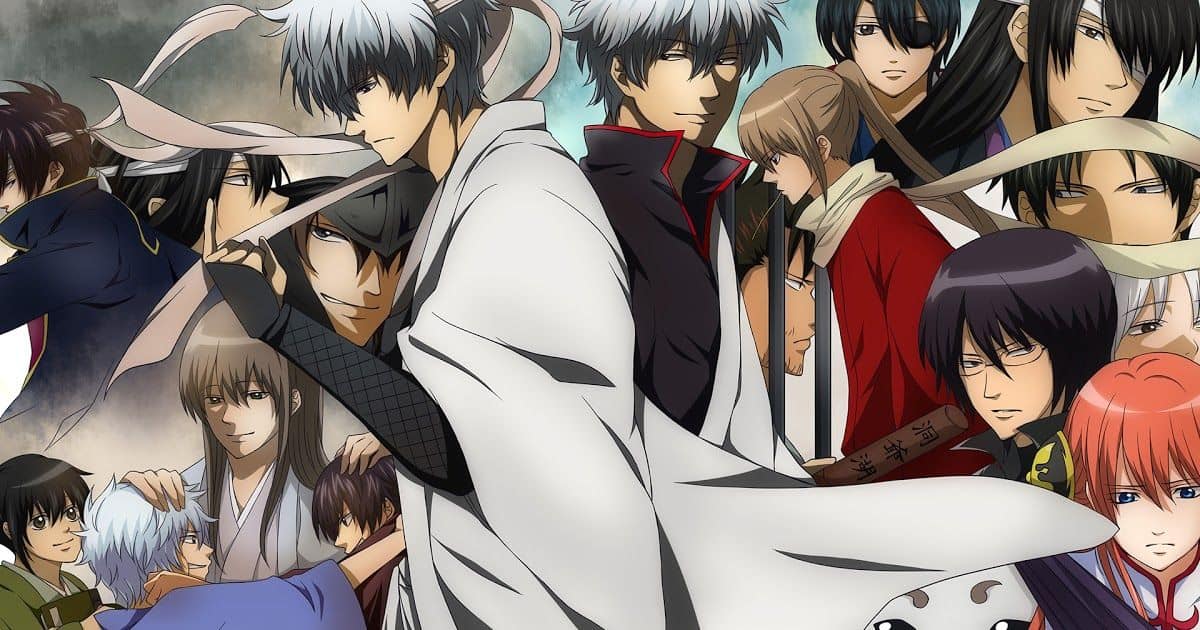
11. The characters are seen playing a game called “Dragon Quest VIII,” and Gintoki comments that he can’t-wait for the next installment.
In various episodes of “Gintama,” the characters can be seen playing “Dragon Quest VIII,” and Gintoki’s remark about anticipating the upcoming release is a reference to the fact that the game is a continuing series. As “Dragon Quest” has been a well-liked video game series for many years, it has frequently been the subject of parody and tribute in a variety of media, including anime like “Gintama.”

12. Gintoki uses the “Lake Toya sword” as his weapon
The sword is based on Lake Toya, a well-known tourist site in Japan noted for its breathtaking scenery. Gintoki’s ability to use the Lake Toya Sword with great skill, despite its supposedly harmless look, serves as a representation of Gintoki’s power and ingenuity in the setting of Gintama.
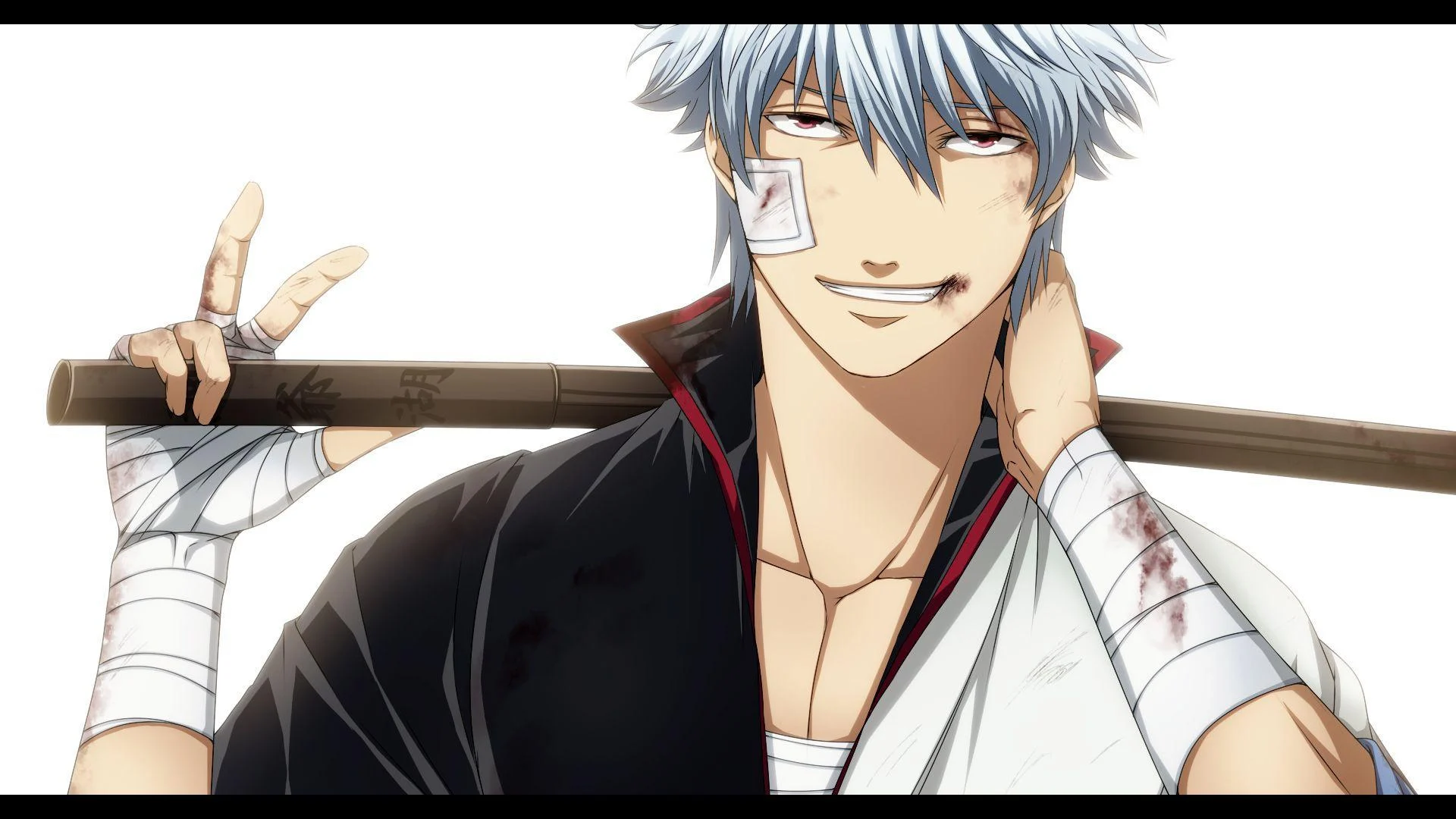
Also Read: Ten Facts About Anime That Hardcore Fans Should Know
13. Kyubei is a girl who was raised as a boy in accordance with the “Haigo” tradition in which girls were raised as boys to inherit their family’s rank
Kyubei, a character in “Gintama,” was brought up as a boy in accordance with the “haigo” custom, which involves raising females as boys in Japan in order to guarantee that the family’s name and social standing would be handed down to a male successor.

The conviction that producing a male successor was necessary for upholding the family’s dignity and position made this practice popular among samurai households and other nobles in Japan.
14. Gintoki’s t-shirt with the phrase “I’m sorry, I’m busy drinking” has become a popular meme among fans of the series
Gintoki is frequently shown with a T-shirt with the Japanese phrase “I’m sorry, I’m busy drinking” printed on it. Since it perfectly represents Gintoki’s casual and laid-back nature as well as his love of alcohol, this T-shirt has become a meme among fans of the series.
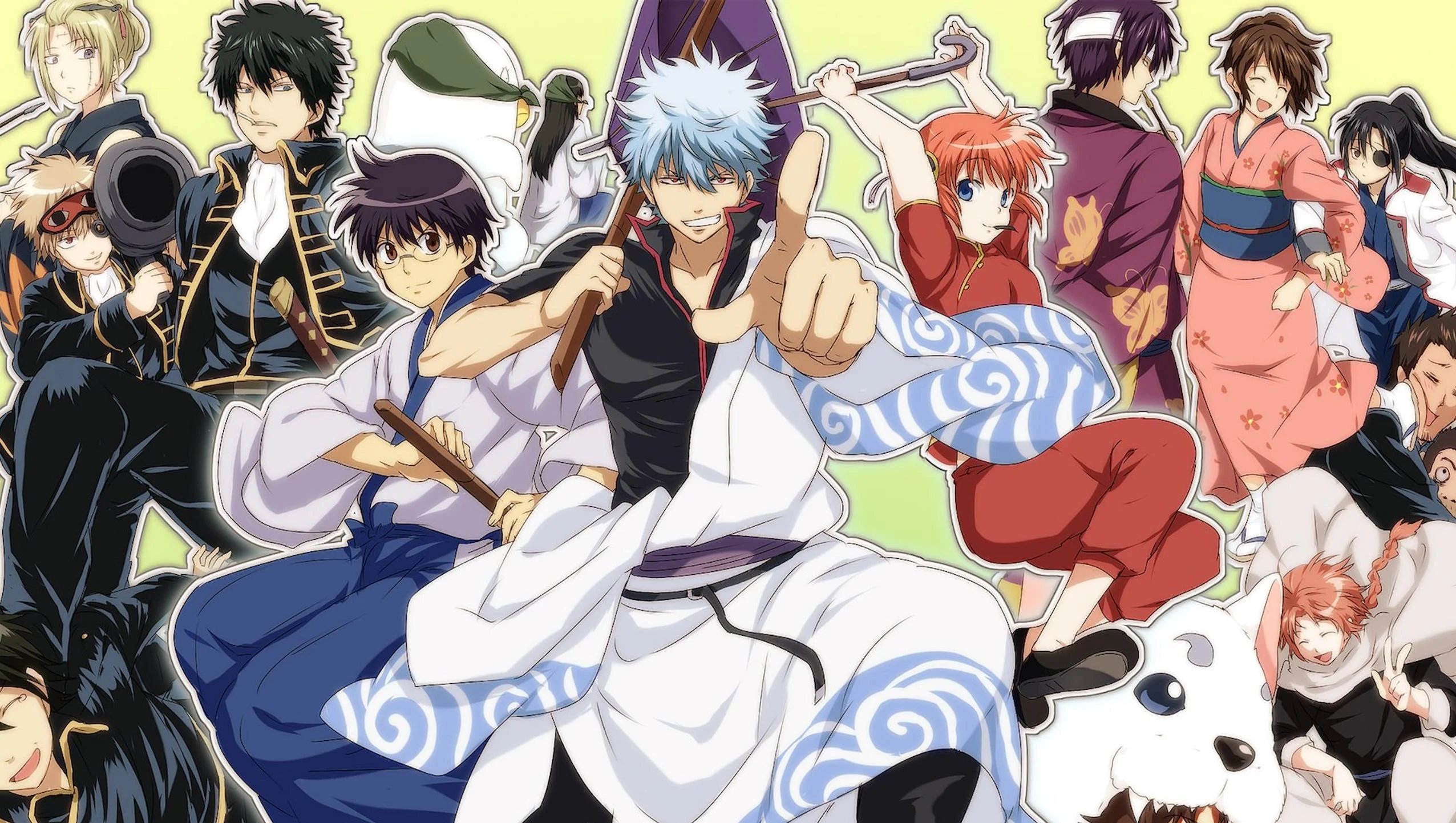
15. The series often references real-life events and issues in Japan
“Gintama” has addressed issues including censorship, fraud, and the impact of the media on society. The series has established itself as a beloved and important part of the anime and manga landscapes in Japan and all across the world by humorously and entertainingly tackling these real-world concerns.

16. Shimura Shinpachi serves as the group’s voice of reason, often responding to Gintoki’s humor
A significant figure in the anime and manga series Gintama is Shimura Shinpachi. He frequently acts as the voice of reason and the straight man to Gintoki’s comical antics as a Yorozuya member.

Shimura, a talented swordsman, is frequently the subject of jokes and practical jokes from his companions, but he takes his responsibility in the group seriously and is constantly eager to assist people in need. He also owns the Koudoukan dojo, and like his father, he has a great sense of responsibility. Shimura’s presence balances the series’ seriousness and comedy.
Also Read: Hinata Hyuga Facts From Naruto Anime That You May Not Know
17. Pop culture references
A lot of different anime, comics, and popular culture are often referred to in Gintama. Subtle hints to previous works or outright parodies are both clear examples of referencing. One instance of this is when Gintoki makes a reference to the well-known anime series “Tengen Toppa Gurren Lagann” by wearing a t-shirt that reads, “Who the Hell Do You Think I Am?”
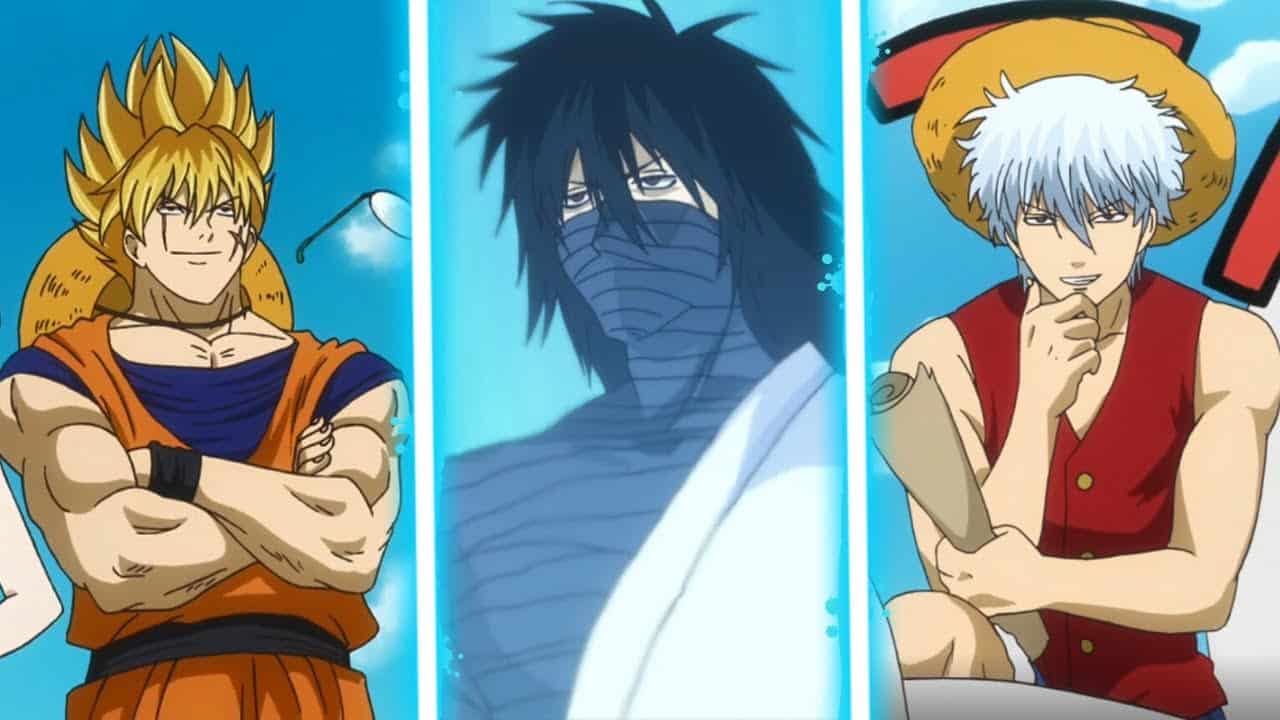
Gintoki parodies the well-known anime series “Death Note” in one episode, while the characters are shown playing a parody of the video game “Dragon Quest” in another, where the game’s protagonist resembles Gintoki suspiciously.
18. Historical references
Hideaki Sorachi, the creator of Gintama, is well recognized for his passion for history and frequently uses historical people and references in his works. For instance, Hijikata Toshizo, the vice-commander of the Shinsengumi in real life, served as the inspiration for the character.
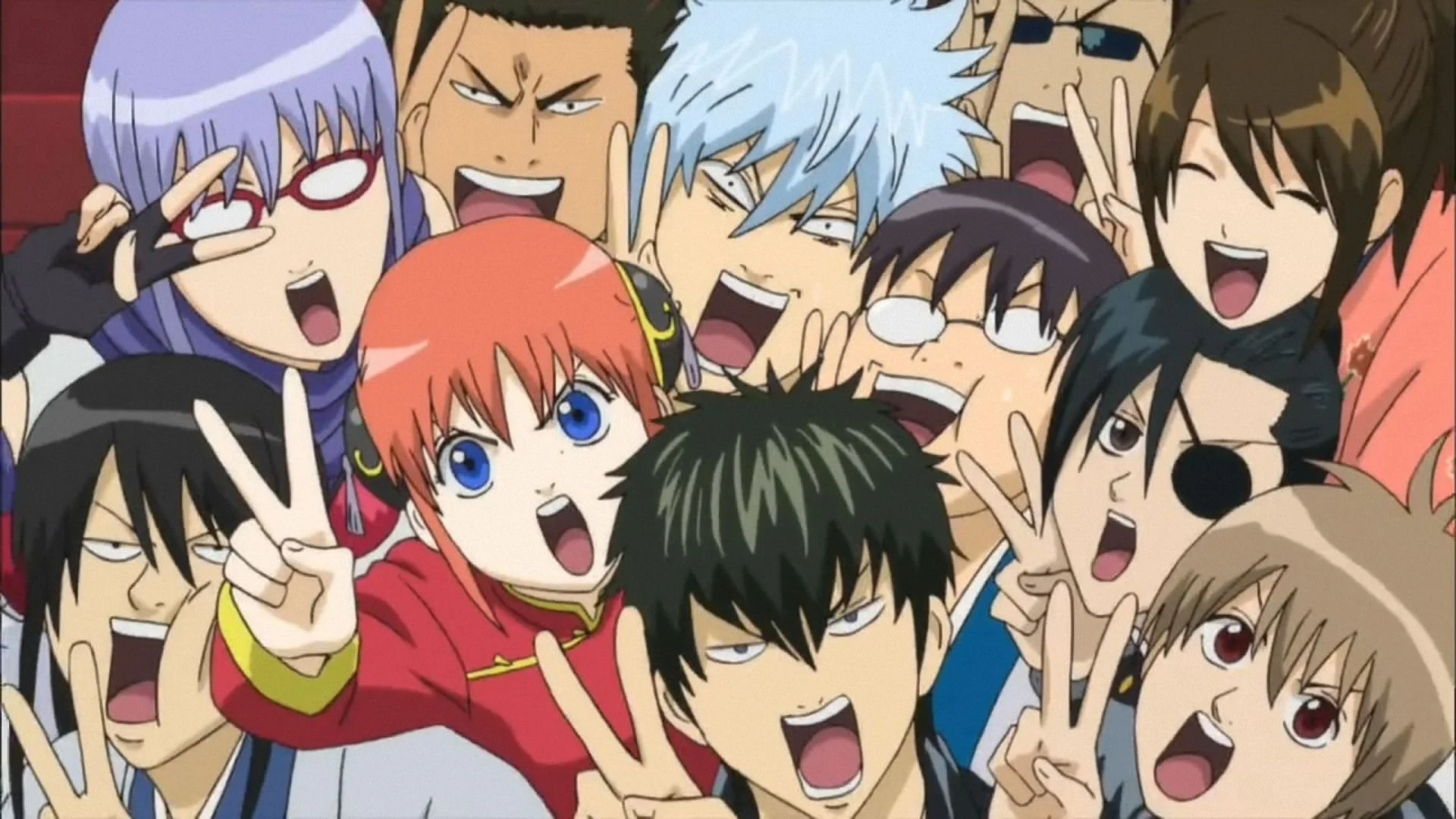
Similarly, Sakamoto Ryoma, a well-known person in the Meiji Restoration, served as the inspiration for the character Sakamoto Tatsuma. One of Gintama’s key characters, Katsura, is based on Kido Takayoshi, a real-life historical person who played a significant role in the Meiji Restoration.
19. Running gags
There are several recurring jokes throughout the show, such as Gintoki’s love of mayonnaise and the characters’ difficulty to pronounce the name of the show’s creator, Hideaki Sorachi. The character Katsura, who frequently wears a wig that resembles a pile of blue hair, is the subject of another running joke.
The wig is a hint to the well-known Japanese treat known as “Kaki no Tane,” which is created by combining tiny rice crackers and peanuts.

Also Read: 5 Facts about Kageyama Tobio from Haikyuu Anime and Manga That You Need to Know
20. Hidden messages
The series is also renowned for its secret codes and messages that are frequently buried in the conversation or the backdrop of scenes. For instance, in episode 43, Gintoki is seen reading a book titled “Shogun Assassination,” which alludes to a major manga plot. The speech in the same episode has a code that may be cracked using a unique cypher.
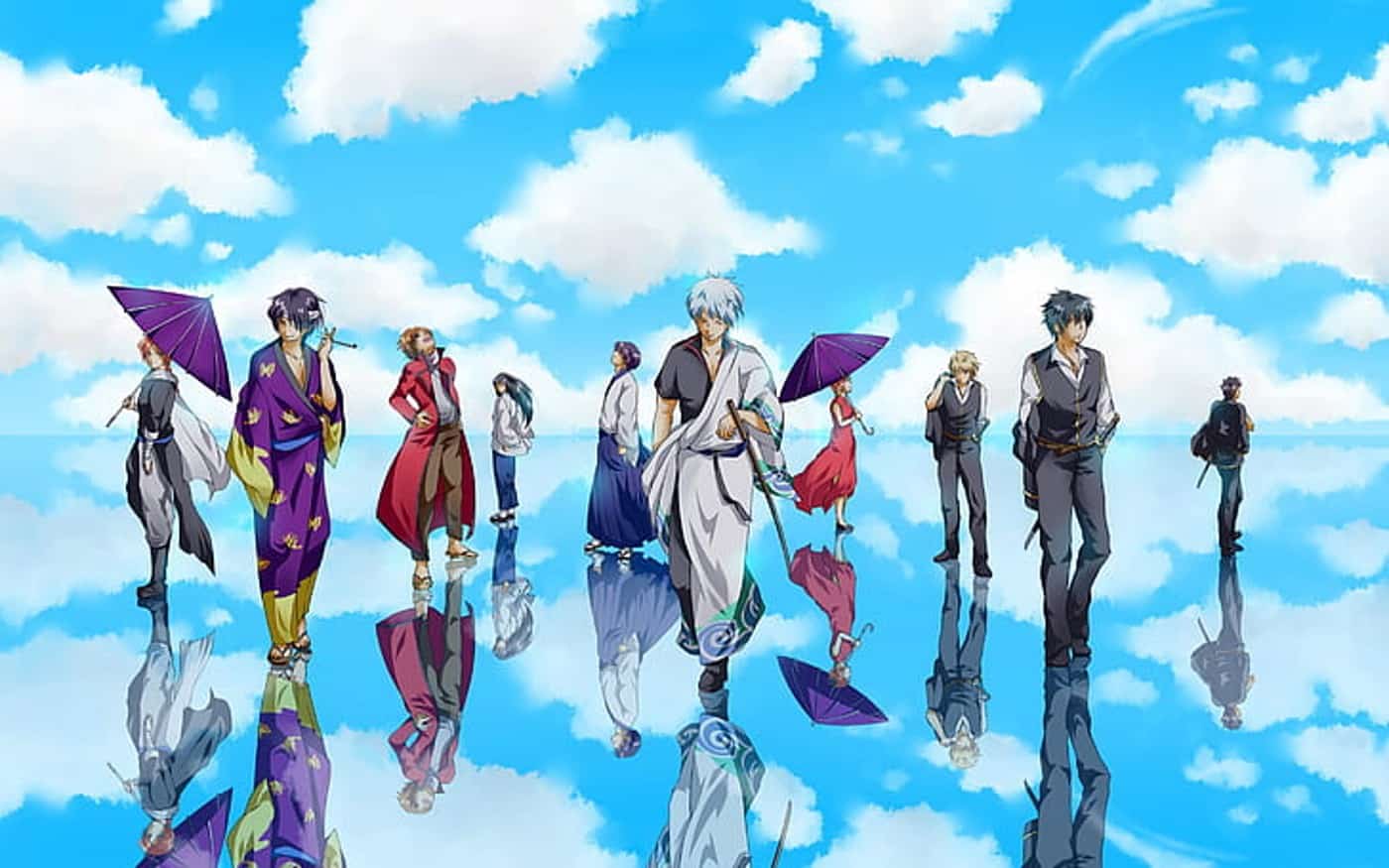
21. References to other anime/manga by the same author
In Gintama, Sorachi has also made references to some of his past works. An illustration of this can be found in episode 132, where Gintoki can be seen reading “Bankara-san ga Tooru,” another manga series by Sorachi.

22. Cultural references
The show makes many allusions to traditional Japanese art and mythology, as well as legendary samurai and historical incidents. For instance, in one episode, the characters go to a festival where they see a “bon odori” dance, while in another episode, they go to a museum where they learn about the life of the renowned samurai warrior Miyamoto Musashi.

23. Parodies of real-life people
The series also features references to real-life figures, including politicians and celebrities. One episode, for instance, shows the group watching a TV program with a character who is obviously supposed to be a parody of Japanese comedian Beat Takeshi.

24. Parodies of real-life brands
On their attire, the characters frequently display logos and brand names that are subtle variations of those used by real-world companies. For instance, Gintoki wears a t-shirt bearing the “Pepsi” brand’s logo but with the word “Pepsi” written on it.
The characters can be seen consuming “Jukulemon,” a parody of the actual energy drink “Red Bull,” in another episode.

Also Read: 35 Best Magic Anime Series That You Should Watch
25. Breaking the fourth wall
A lot of times throughout the series, the fourth wall is broken, revealing that it is fiction. In one episode, for instance, the characters can be heard debating the fact that they are in a manga and lamenting the caliber of the artwork. Gintoki seeks more screen time in another episode, lamenting his recent lack of attention.
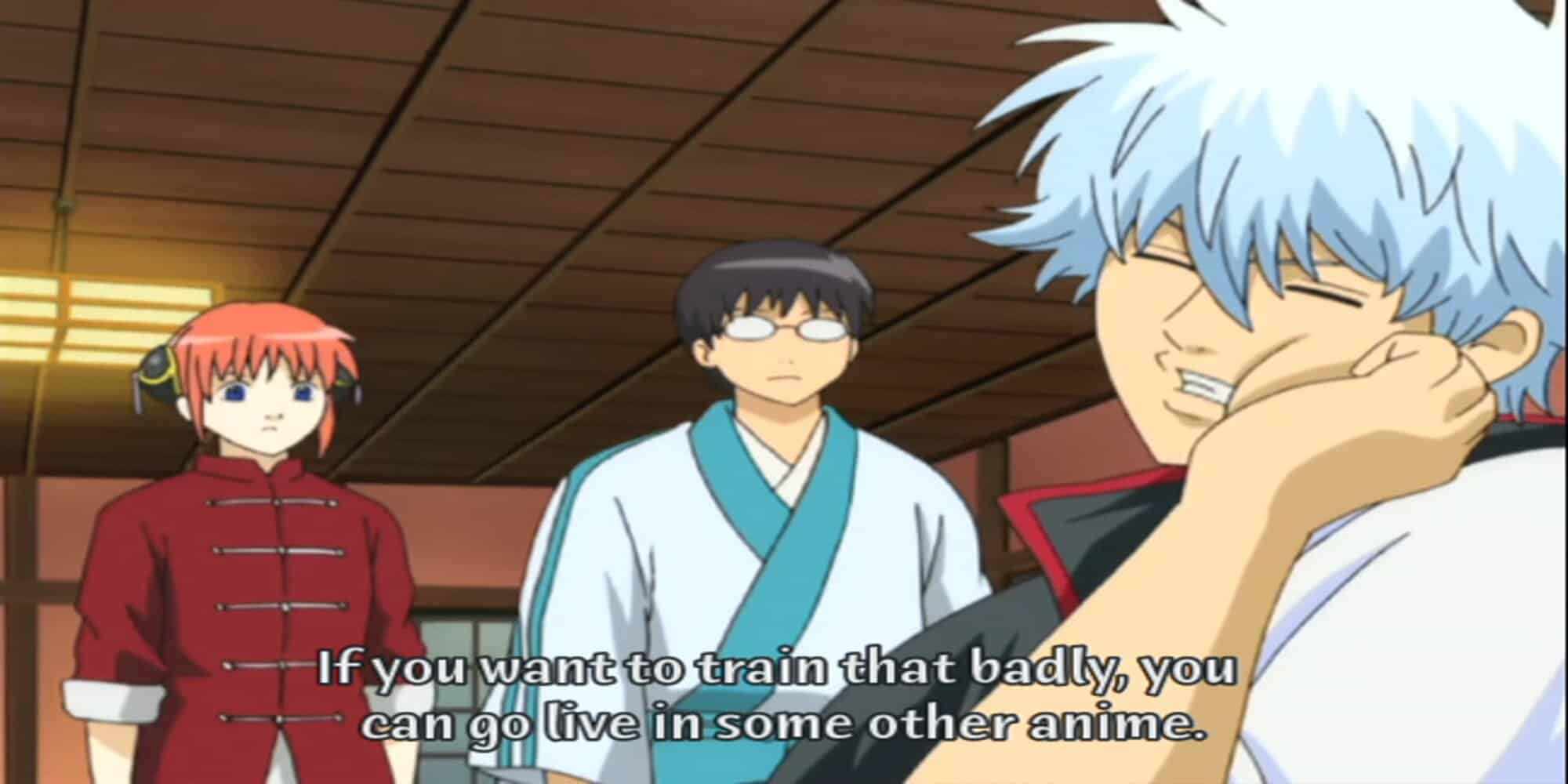
26. References to other media
Gintama also makes allusions to other media, including films and television programs. Gintoki frequently appears wearing a jumpsuit resembling the one worn by Bruce Lee in “Game of Death,” for instance, the characters may be seen watching a parody of the well-known TV show “24” in one episode and viewing a parody of the “Star Wars” franchise in another.

27. Jokes about the anime/manga industry
The anime and manga business itself is also the subject of jokes and parodies throughout the series. The protagonists, for instance, are seen in one episode going to a meeting with their editor, who is presented as a demanding and domineering person.
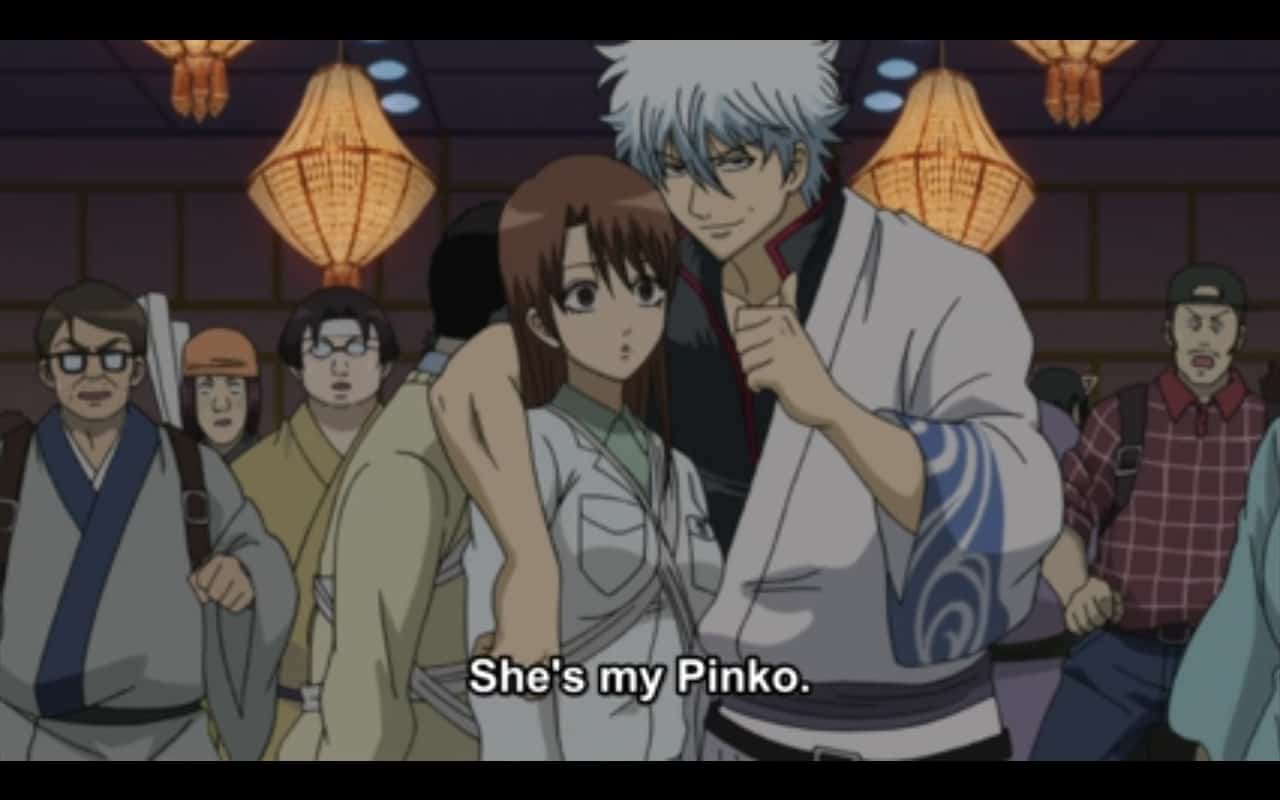
They are startled to see how much money people are ready to spend at a manga café when they visit in another episode.
Also Read: 30 Best Anime Where the Main Character Was Betrayed But Makes A Comeback

